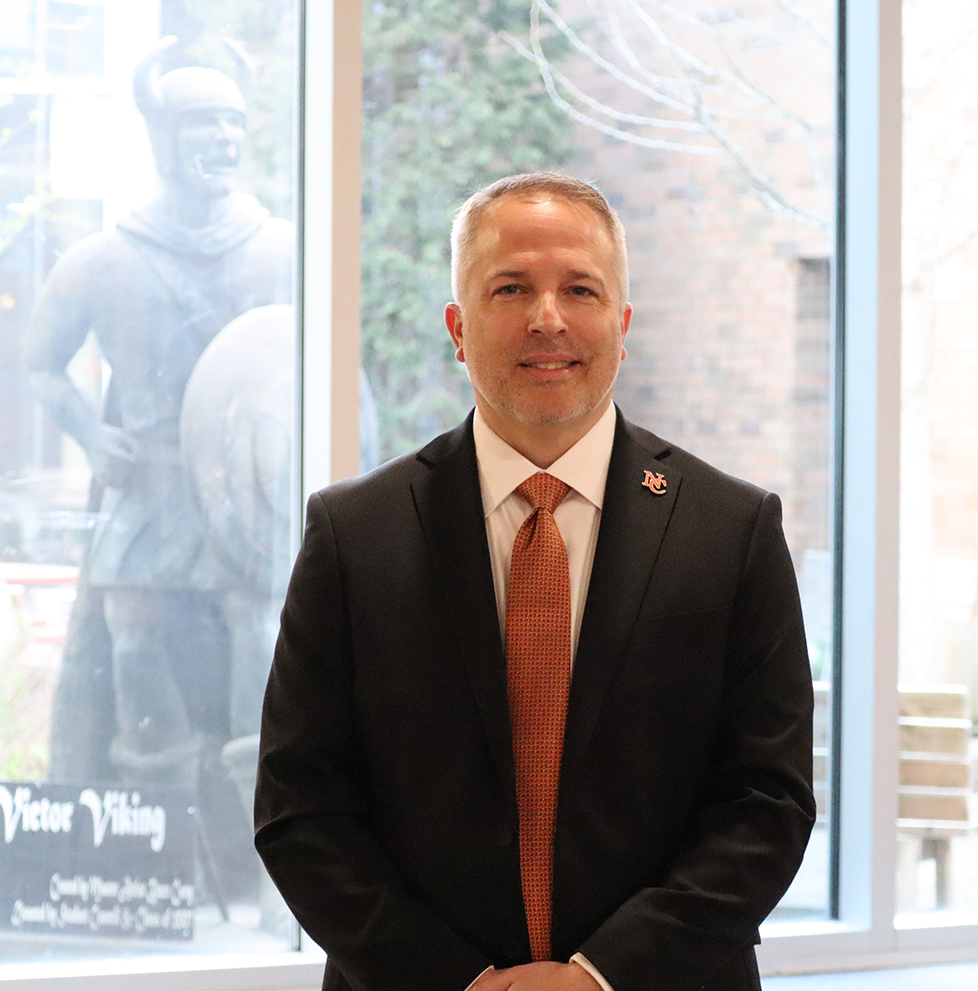As April creeps closer, spring is rapidly approaching, and with it are college decisions for seniors. During a typical year, most of the college-bound have selected a school by this time of the year- Or earlier. However, this year, things are a bit different.
“The FAFSA stands for Free Application for Federal Student Aid,” Amy Myers, Guidance Dept. Chairperson, said. This is an application for financial aid that is regulated by the US Federal Government. Each year of college, students are encouraged to complete the FAFSA to see if they are eligible for various kinds of financial aid. This may include subsidized loans, grant programs, and scholarships. Colleges will also use the FAFSA information for each student to offer a financial aid package for their institution to each applicant. In order to make sound and informed decisions on college destinations, students and families need this information in a timely manner, and to be accurate.
Most students file a FAFSA. For years, the form has opened up in October, with offers coming in and students making their decisions in late winter or early spring. This year, the FAFSA had a significant delay due to some changes.
“The 2024–25 FAFSA form expands eligibility for federal student aid, including Pell Grants, and provides a streamlined user experience,” the Deparment of Education website said. “610,000 new students from low-income backgrounds will be eligible to receive Federal Pell Grants due to updates to student aid calculations. Plus, applicants will be able to skip as many as 26 questions, depending on their individual circumstances. Some applicants could answer as few as 18 questions, which could take less than 10 minutes.”
These new changes were promised to improve both the process and the aid for students. The form was intended to open by December 31st of 2023- And it did. Technically. However, the opening of the website didn’t mean that it was actually accessible.
“With the adjustments at the federal level, writing the code necessary to create the application, utilize the new formulas and house all the data – took longer than initially expected,” Myers said. “So that is why the FAFSA launch/opening was delayed. Now that it’s open for applicants, users have had mixed access to the application online; the information it produces may not be accurate; and the federal government is delaying the college access to their data – which will slow down the entire financial aid process. “
Both colleges and students have beem scrambling since the release of the FAFSA to complete their respective tasks and make decisions surrounding admissions and scholarships.
“I was unable to access the form until January 3rd, four days after the FAFSA went live,” Senior Alex Heckaman said. “Up until that point, I was unable to get into the account I had previously made for myself due to planned maintenance on the website. Over the course of four days, I struggled to finish the form because it would reload and kick me off for the website’s maintenance. I finally completed the form on January 7th. It’s still in review now, a month later.”
Amy Myers recently released a statement to the staff of Hoover regarding the impact that the FAFSA delay has had. “Besides the delayed launch to the FAFSA and then the purposefully planned outages to slow down the roll-out — the Dept of Ed has known for some time that the formula used to generate aid eligibility – was wrong,” Myers said. “The Dept. of Education is saying they will fix the mistake – but, we can all imagine the domino effect this will have on colleges, seniors and their families.
“Being eligible for financial aid helps many of our families and students decide where to go to college, or even, if to go to college. The timing of all of this is pretty crucial. Students normally would be receiving their Fin Aid award letters February – March; and then deciding where to go in May. Currently, we’re not sure what college financial aid offices will do – if they’ll continue with their typical timeline, and adjust their offers later; or if they’ll wait for the Dept of Ed to fix the FAFSA formula mistake. And, there’s no clear timeline on when or how the Dept of Ed will fix the FAFSA formula mistake. The entire college-going process for seniors and families is wrought with stress and complications.”
Dusty Dannemiller, a teacher at North Canton Middle School, has a daughter who is now a senior in high school. Dannemiller claims that for his daughter, the FAFSA had a strange malfunction, and that since initially filing the FAFSA, they have not yet been able to fix it.
“FAFSA has become the lynchpin that all college decisions are based upon,” Dannemiller said. “Nobody can move forward until this mess is straightened out. If a student repaying FAFSA loans delayed payments, there would be fines and penalties. I wish the opposite were true.”
Heckaman has been struggling as well with the college admissions and scholarship process. “FAFSA is incredibly important; it has a final say in which school I attend in the fall,” Heckaman said. “If I receive enough aid, I would like to commit to the University of Michigan, but it is exceptionally expensive and unobtainable without aid. Without my financial aid report, I’m unable to know how much general aid I’m receiving and what each school is offering me. I’m even struggling to apply for scholarships because many of them require my financial aid report. While some deadlines are being pushed back, I have to make some important decisions, such as if I can accept my Governor’s Merit Scholarship, by the end of April whether or not I have my aid report.”
With the release of the FAFSA to schools in the past week, it appears as though things are finally moving forwards to allow students and schools to make decisions. Dannemiller, however, remains skeptical. “I was disappointed at the delay but not surprised,” Dannemiller said. “Government organizations like FAFSA have rules that they must take the lowest bid for improvements. You get what you pay for.”


![NATO Supreme Allied Commander Europe [SACEUR] General Alexus G. Grynkewich speaks during a press conference on the violation of Polish
airspace by Russian drones, at the NATO headquarters in Brussels on Sept. 12, 2025. NATO will strengthen the defense of its eastern flank, following the intrusion of Russian drones into Polish airspace this week, announced NATO Secretary on Sept. 12.](https://thevikingviews.com/wp-content/uploads/2025/10/OPED-NATO-POLAND-COMMENTARY-GET-1200x800.jpg)





